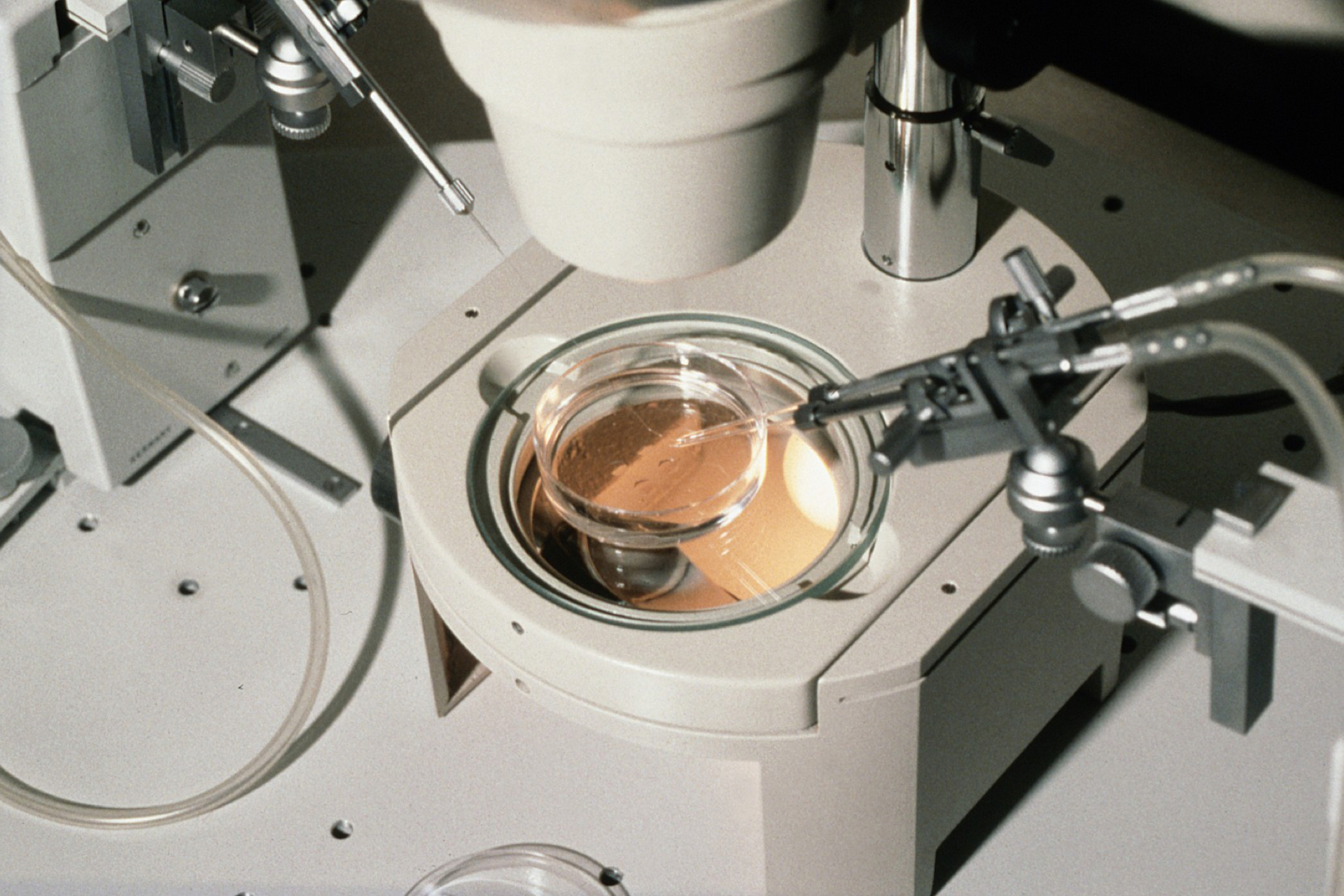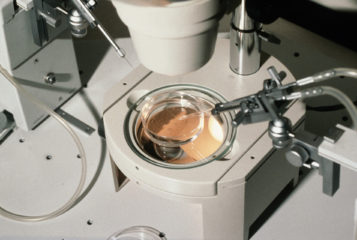This week, BioNews reports on the world's first baby born following a transplant of frozen, thawed ovary tissue. This is the first success for a technique that promises to benefit thousands of women who would otherwise lose their fertility forever. Ouarda Touriat, who underwent lifesaving cancer treatment that left her infertile, said after the birth of her baby girl Tamara: 'It is my dream come true'. The doctors who treated Ouarda have frozen ovary tissue from another 146 female cancer patients, and there are many other women around the world who could benefit from this latest advance in reproductive medicine.
The extensive media coverage in the UK reflected the views of the medical experts: Tamara's birth is wonderful news for young cancer patients, and other women at risk of premature ovarian failure. There were no headlines claiming, for example, 'scientists reverse menopause', and the commentary pieces warning of career women bent on putting off babies until they reach retirement age were conspicuous by their absence. All a far cry from the headlines of five years ago, when a British woman travelled to the US to have her frozen ovary tissue reimplanted, again with the hope of restoring her fertility following medical problems. Newspapers reported the story as 'scientists turn back menopause clock' (despite the fact that Margaret Lloyd-Hart was only 30 at the time), and one opinion piece called the news 'a monstrous triumph for the medical sorcerers'.
What has changed since 1999? Perhaps reporters and the public have simply had time to get used to the idea: like IVF technology that was once viewed as 'unnatural' is now welcomed as a medical treatment that can improve the lives of many patients. It has taken years of painstaking work for doctors to carry out successful ovary transplants - Tamara's birth came after pioneering work in animals, culminating in the birth of a rhesus macaque monkey last October. Two groups then reported earlier this year that they had managed to create IVF embryos using eggs from women who had undergone ovary tissue transplants, but no pregnancies resulted. Tamara was conceived naturally, leading some experts to question whether the pregnancy arose from the transplanted tissue or from ovary tissue that survived the cancer treatment. But even if this turns out to be the case, most scientists believe that the first confirmed successful use of this technique cannot be far off.
Perhaps the most likely reason for Tamara's positive media reception is that a baby born to a woman who had to terminate her first pregnancy in order to have life-saving cancer treatment is, to anyone, very good news. It remains to be seen how widely available ovarian tissue transplants will become, or if any women will choose to use the technique for non-medical reasons, but at least the battle for public support of this new technology appears to have been won.





Leave a Reply
You must be logged in to post a comment.